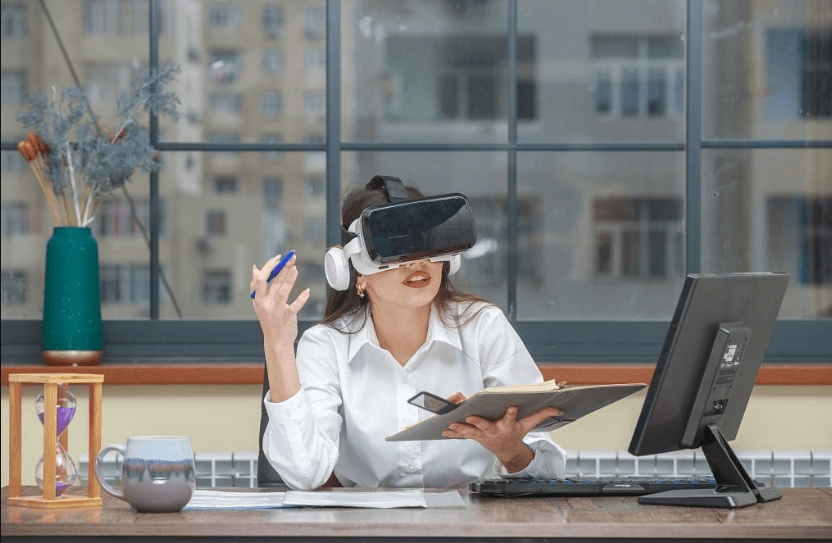Virtual reality is emerging as a transformative force in the workplace. It facilitates remote collaboration by creating immersive environments for teams to connect. Additionally, VR offers innovative training solutions that simulate real-world scenarios. This technology also enhances employee engagement and productivity by fostering interactive experiences. However, its integration presents unique challenges that organizations must navigate. Understanding these dynamics reveals the profound impact VR could have on the future of work.
Enhancing Remote Collaboration
As organizations increasingly adopt remote work models, the integration of virtual reality (VR) technology has emerged as a transformative force in enhancing collaboration among distributed teams.
Virtual meetings powered by VR facilitate immersive brainstorming sessions, allowing participants to engage in a shared environment. This dynamic approach fosters creativity and connection, enabling teams to overcome geographical barriers and cultivate innovative solutions more effectively than traditional methods.
See also: How to Secure Your Personal Data in the Age of Technology
Revolutionizing Training and Development
Virtual reality is rapidly transforming the landscape of training and development, offering organizations innovative ways to enhance employee skill sets and knowledge retention.
By utilizing immersive simulations, companies can create realistic scenarios that mimic real-world challenges, fostering practical experience.
Moreover, VR enables precise skill assessments, allowing organizations to identify gaps in knowledge and tailor training programs to meet individual needs effectively.
Improving Employee Engagement and Productivity
The integration of virtual reality into workplace training not only enhances skill acquisition but also plays a significant role in improving employee engagement and productivity.
By providing immersive experiences, VR fosters greater employee motivation, allowing individuals to interact with their work environment in innovative ways.
This heightened engagement leads to increased focus, collaboration, and overall productivity, transforming the traditional workplace into a dynamic and interactive setting.
Overcoming Challenges in VR Integration
While the potential benefits of VR integration in the workplace are substantial, organizations often encounter significant challenges that can hinder successful implementation.
Technical limitations, such as hardware requirements and software compatibility, can impact user experience.
Additionally, resistance to change among employees may impede adoption.
Addressing these obstacles is crucial for harnessing VR’s full potential, allowing organizations to foster innovation and enhance productivity.
Conclusion
In conclusion, virtual reality is fundamentally reshaping the workplace by enhancing collaboration, training, and employee engagement. As companies increasingly adopt VR technologies, studies show that 70% of employees believe VR training improves their learning experience. This statistic underscores the potential of VR to not only boost productivity but also to create more personalized and effective work environments. As VR continues to advance, its integration promises to redefine how teams interact and thrive in the modern workplace.




 The Ethics of AI: What Are the Key Concerns?
The Ethics of AI: What Are the Key Concerns?